#Kate and Dorothy
Explore tagged Tumblr posts
Note
You mentioned liking requests for drawings a couple days ago and I immediately went: oh! I've got to suggest something then! When I realised I was completely blank because I honestly adore everything you post (which somehow makes it very difficult to come up with something) 😂
But after reading 'heaven hath no fury like a woman scorned' I have to suggest: young Dorothy & Kate? :')
she’s copying her mummy :’)
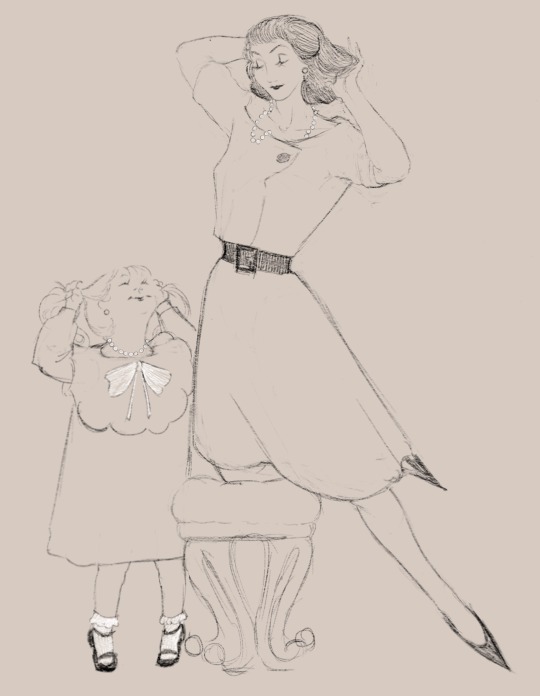
#ahhhh I love them <33 I need to draw more of them so badly#sorry about how long it took to get to this!!#i like to work through requests slowly so they turn out well#no point in posting something rushed !!#im so happy with this I need to get it tattooed onto my forehead#they’re so important to me#& thank you so much omg ahh I feel like I shitpost a lot lol 😭 I’m glad it hasn’t gotten boring !!#the golden girls#dorothy zbornak#young!dorothy#Kate and Dorothy#art#artist#artists on tumblr#digital drawing#digital art#doodle#doodle requests
12 notes
·
View notes
Text

Doctor Who : Power of the Doctor
#new doctor who#tardis#the master#guardians of the edge#past incarnations#david tennant#jodie whittaker#yasmin khan#ace#Dorothy mcshane#tegan jovanka#cybermen#paul mcgann#sylvester mccoy#colin baker#david bradley#peter davison#kate lethbridge stewart#sacha dhawan
349 notes
·
View notes
Text
Disorderly Knights, Part 3, Terzetto, Played Without Rests

Francis... just let people love you. Let them help you like they know you need it.
Kate, absolute legend.
I think the latter half of Disorderly Knights is nigh on perfect - the dramatic climax hits and then just keeps going breathlessly all the way to the end. I always feel like this point is approaching endgame, when it's barely over halfway!
#francis crawford#beautiful messed up traumatised clever boy desperately trying to hold it together on his own#i freaking love the somervilles#at this point i feel that kate is the only person in the world - bar Sybilla - who Gets Francis#she knows he loves music and respects women and loves his country and is honourable and good#when everyone else believes he's a drunken raping mercenary lout#and philippa hates him#kate sees him and gets him and loves him#omg i love them all so much#what an absolute ride this book is#disorderly knights#lymond chronicles#dorothy dunnett
40 notes
·
View notes
Text
U.N.I.T. got majorly confused when they learned Graham O'Brien had started the support group for The Doctor's companions as seen in The Power of The Doctor. From The Gold Archive book.

Enlarged image of the laptop for better clarity.

Either U.N.I.T. wasn't made aware of Jackie's current status of being stuck in Pete's World, or they somehow gained communication, which explains why she's a (non-)attendee. Anyway, this detail was borrowed from the script where it says this.

This also explains how Mel got to be hired by U.N.I.T. by the time of The Giggle.

#doctor who#new who#classic who#nuwho#doctor who companions#novel#new who info#classic who info#the doctor#u.n.i.t.#jo grant#tegan jovanka#yasmin khan#ace doctor who#dorothy mcshane#graham o'brien#melanie bush#kate lethbridge stewart#ian chesterton#dan lewis#ryan sinclair#martha jones#jackie tyler#the power of the doctor#the giggle#alt text#screenreader friendly#video call
52 notes
·
View notes
Text
Following on the post about trusting our guts about gaydar and celebrities...
I've batted nearly .1000 when it comes to predicting a celebrity's sexual orientation just from media clues. I think partly it's because I don't make the "guess" that often: Only a few celebrities really ring the clue phone (yeah, lack of representation sucks), but I also think the other reason is because LGBTQIA folks don't get it wrong very often.
I mean, it's pretty important that our instincts are right, after all. We could truly be risking our lives on a wrong guess in real life. We have to be incredibly careful AND pretty darned good.
So, I was trying to think of someone who pinged my spidey senses that I was COMPLETELY wrong about... and I came up with only one example:
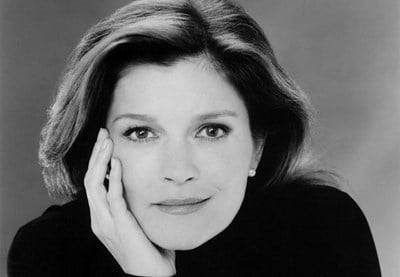
Kate Mulgrew.
Despite driving the daydreams of legions of 1970s lesbians (Rosie O'Donnell, I'm looking at you), Kate remains firmly heterosexual, in spite of the lesbian catnip she oozes from every pore.
Just look at her as Mary Ryan in her soap opera debut:
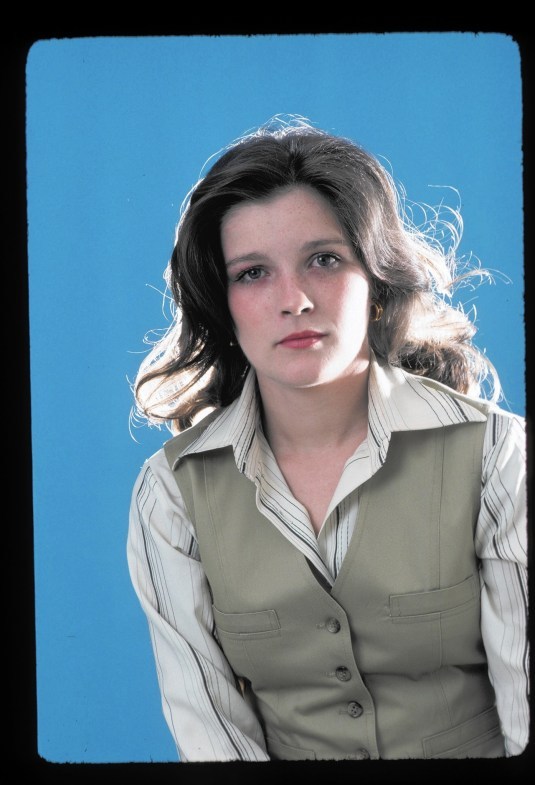

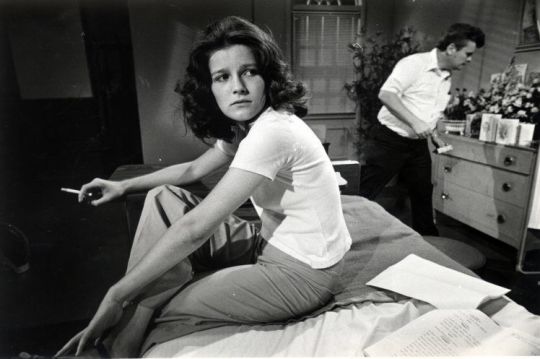
She went on to do movies and the stage for a number of years, but she was hard to cast because she didn't fit the cookie cutter parts available at the time. She had a brief doctor series and some guest star spots, most notably on Dallas and Cheers.
But when they cast her as Captain Janeway? Come on!!
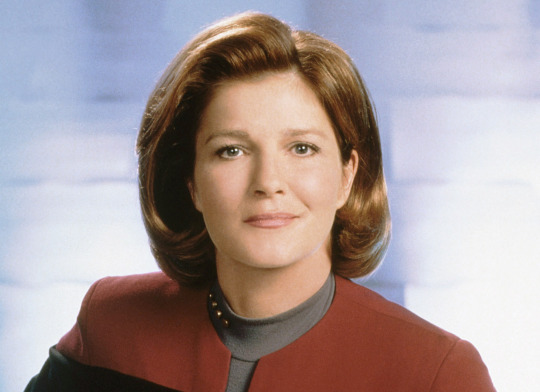
Look at her!!!
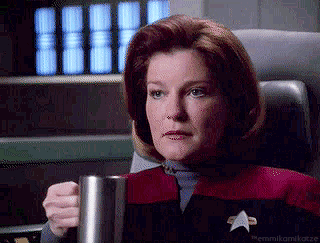
Every woman loving woman in all the quadrants wanted to be her coffee cup!!
But the man boys at Paramount decided the show needed some spank appeal for the 14-24 male demographic, so they brought out their Space Barbie, Seven of Nine, to introduce some gratuitous sex and nudity.
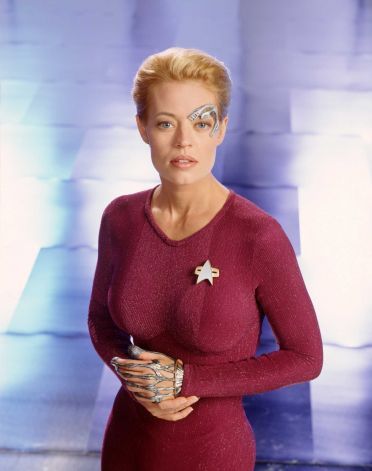
"Only one problem, boys," said Mulgrew with a smirk....
Voyager now had a willful, headstrong, wildly intelligent "alien" snatched from her natural environment and penned up in a rigid, paramilitary system that she had to learn to navigate, understand, and ultimately be tamed by... and it was headed by another willful, headstrong, wildly intelligent human, who happened to be female, too.

The producers and writers claimed Janeway was Seven's mentor, a "mother figure" to the poor little space orphan.
As the J/7 fandom put it: Mother, my ass.
The subtext-- and soon the fan fiction-- wrote itself: Seven gets kidnapped back to the Borg? Janeway takes on a Borg cube with a ship a tenth its size. Failing Borg technology threatens Seven's life? Janeway goes "cortical node" hunting, even if it means killing a live (enslaved, sentient) drone to get one. Greater good? Screw that, Janeway's girlfriend is in danger.
Star Trek: Voyager went toe-to-toe with Xena, Warrior Princess as lesbian show of the decade.
And it wasn't just the show that made us all sure about Kate. The woman has the voice of a lesbian sex goddess and she's not afraid to use it. She flirts shamelessly with all interviewers and creates sexual tension with stage furnishings. She swaggers. She slouches. She has the greatest hand game in lesbian history!!
But through it all, Kate Mulgrew maintained (and still maintains) her heterosexuality.
And I still hope...nay, LONG!, to have my gaydar proven right...
#kate mulgrew#mulgrewvys#captain janeway#captain janeway made me gay#gaylor swift#friends of dorothea#j/7#cover me in honey and throw me to the lesbians#friends of dorothy#star trek: voyager#voyager
57 notes
·
View notes
Text
Not Kate Stewart collecting the Doctor's former companions like they're freaking Pokémon or something!!

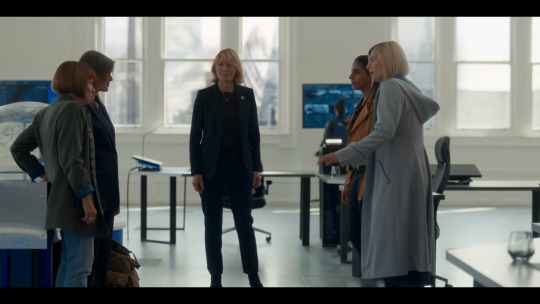
Kate: New freelancers. Don't be cross. (The Power of the Doctor)

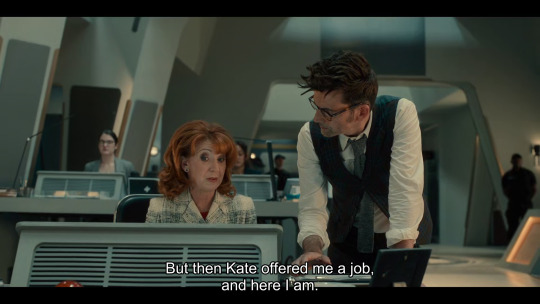
Mel: But then Kate offered me a job, and here I am. (The Giggle)
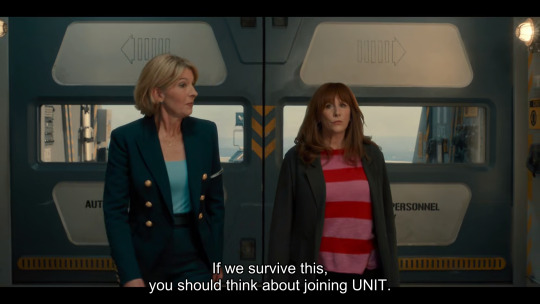
Kate: If we survive this, you should think about joining UNIT. (The Giggle)
And, of course, according to Big Finish UNIT lore, Doctor Martha Jones works for UNIT North America (UNIT: The Dalek Transaction)
I just cackled last night - over both Mel being recruited already and Donna being offered a job.
#Kate Stewart#I love her your honour#Dorothy 'Ace' McShane#Tegan Jovank#Melanie Bush#Donna Noble#Doctor Who#Spoilers#The Power of the Doctor#60th Anniversary Specials
164 notes
·
View notes
Text

#currently reading#the lymond chronicles#francis crawford#kate somerville#dorothy dunnett#the disorderly knights
55 notes
·
View notes
Text
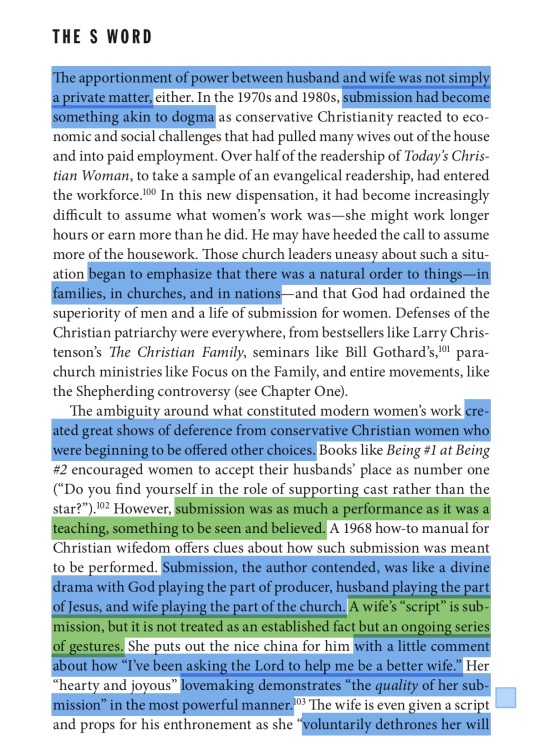
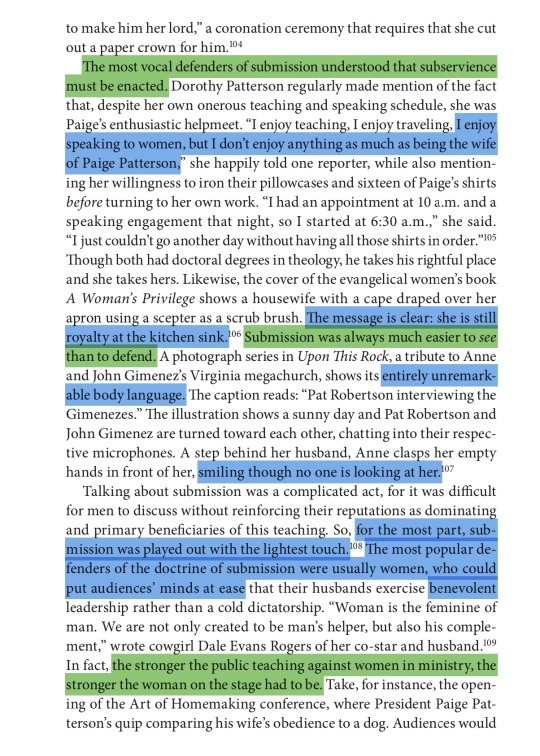
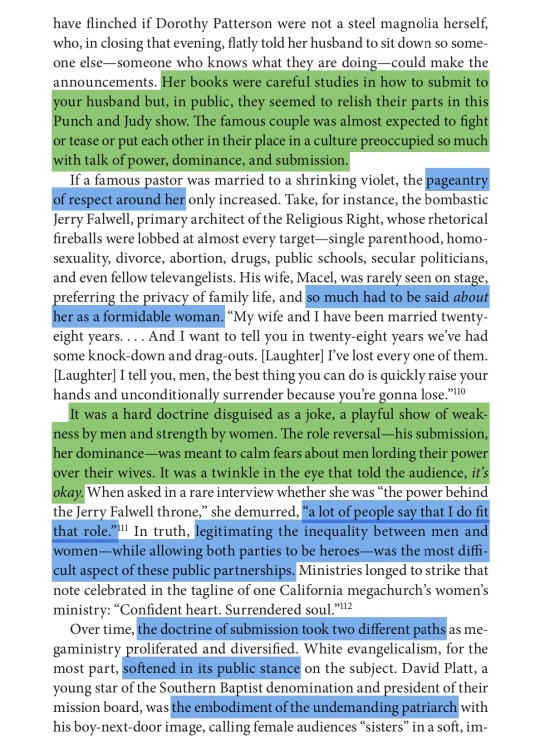
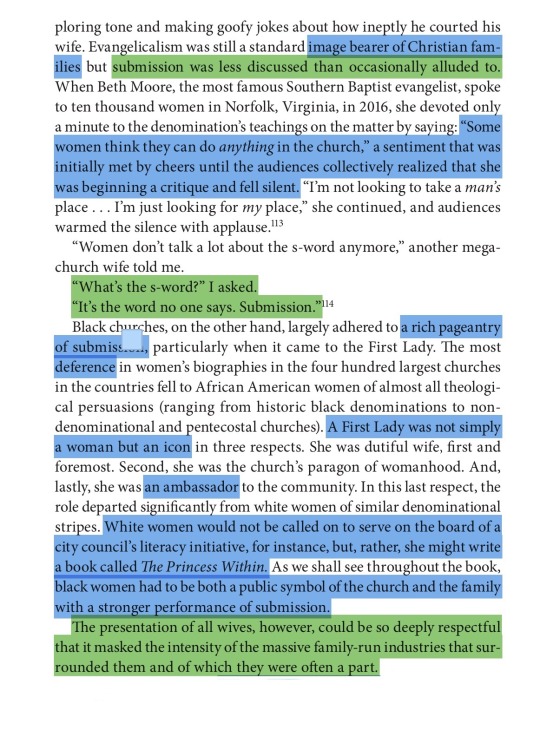
“The S Word” – on the performance of Christian patriarchy & the word no one says
from The Preacher’s Wife: The Precarious Power of Evangelical Women Celebrities by Kate Bowler (2019)
transcript under the cut
The apportionment of power between husband and wife was not simply a private matter, either. In the 1970s and 1980s, submission had become something akin to dogma as conservative Christianity reacted to economic and social challenges that had pulled many wives out of the house and into paid employment. Over half of the readership of Today’s Christian Woman, to take a sample of an evangelical readership, had entered the workforce. In this new dispensation, it had become increasingly difficult to assume what women’s work was—she might work longer hours or earn more than he did. He may have heeded the call to assume more of the housework.
Those church leaders uneasy about such a situation began to emphasize that there was a natural order to things—in families, in churches, and in nations—and that God had ordained the superiority of men and a life of submission for women. Defenses of the Christian patriarchy were everywhere, from bestsellers like Larry Christenson’s The Christian Family, seminars like Bill Gothard’s, parachurch ministries like Focus on the Family, and entire movements, like the Shepherding controversy (see Chapter One).
The ambiguity around what constituted modern women’s work created great shows of deference from conservative Christian women who were beginning to be offered other choices. Books like Being #1 at Being #2 encouraged women to accept their husbands’ place as number one (“Do you find yourself in the role of supporting cast rather than the star?”). However, submission was as much a performance as it was a teaching, something to be seen and believed.
A 1968 how-to manual for Christian wifedom offers clues about how such submission was meant to be performed. Submission, the author contended, was like a divine drama with God playing the part of producer, husband playing the part of Jesus, and wife playing the part of the church. A wife’s “script” is submission, but it is not treated as an established fact but an ongoing series of gestures. She puts out the nice china for him with a little comment about how “I’ve been asking the Lord to help me be a better wife.” Her “hearty and joyous” lovemaking demonstrates “the quality of her submission” in the most powerful manner. The wife is even given a script and props for his enthronement as she “voluntarily dethrones her will to make him her lord,” a coronation ceremony that requires that she cut out a paper crown for him.
The most vocal defenders of submission understood that subservience must be enacted. Dorothy Patterson regularly made mention of the fact that, despite her own onerous teaching and speaking schedule, she was Paige’s enthusiastic helpmeet. “I enjoy teaching, I enjoy traveling, I enjoy speaking to women, but I don’t enjoy anything as much as being the wife of Paige Patterson,” she happily told one reporter, while also mentioning her willingness to iron their pillowcases and sixteen of Paige’s shirts before turning to her own work. “I had an appointment at 10 a.m. and a speaking engagement that night, so I started at 6:30 a.m.,” she said. “I just couldn’t go another day without having all those shirts in order.”
Though both had doctoral degrees in theology, he takes his rightful place and she takes hers. Likewise, the cover of the evangelical women’s book A Woman’s Privilege shows a housewife with a cape draped over her apron using a scepter as a scrub brush. The message is clear: she is still royalty at the kitchen sink.
Submission was always much easier to see than to defend. A photograph series in Upon This Rock, a tribute to Anne and John Gimenez’s Virginia megachurch, shows its entirely unremarkable body language. The caption reads: “Pat Robertson interviewing the Gimenezes.” The illustration shows a sunny day and Pat Robertson and John Gimenez are turned toward each other, chatting into their respective microphones. A step behind her husband, Anne clasps her empty hands in front of her, smiling though no one is looking at her.
Talking about submission was a complicated act, for it was difficult for men to discuss without reinforcing their reputations as dominating and primary beneficiaries of this teaching. So, for the most part, submission was played out with the lightest touch. The most popular defenders of the doctrine of submission were usually women, who could put audiences’ minds at ease that their husbands exercise benevolent leadership rather than a cold dictatorship. “Woman is the feminine of man. We are not only created to be man’s helper, but also his complement,” wrote cowgirl Dale Evans Rogers of her co-star and husband.
In fact, the stronger the public teaching against women in ministry, the stronger the woman on the stage had to be. Take, for instance, the opening of the Art of Homemaking conference, where President Paige Patterson’s quip comparing his wife’s obedience to a dog. Audiences would have flinched if Dorothy Patterson were not a steel magnolia herself, who, in closing that evening, flatly told her husband to sit down so someone else—someone who knows what they are doing—could make the announcements.
Her books were careful studies in how to submit to your husband but, in public, they seemed to relish their parts in this Punch and Judy show. The famous couple was almost expected to fight or tease or put each other in their place in a culture preoccupied so much with talk of power, dominance, and submission.
If a famous pastor was married to a shrinking violet, the pageantry of respect around her only increased. Take, for instance, the bombastic Jerry Falwell, primary architect of the Religious Right, whose rhetorical fireballs were lobbed at almost every target—single parenthood, homosexuality, divorce, abortion, drugs, public schools, secular politicians, and even fellow televangelists. His wife, Macel, was rarely seen on stage, preferring the privacy of family life, and so much had to be said about her as a formidable woman.
“My wife and I have been married twenty-eight years. . . . And I want to tell you in twenty-eight years we’ve had some knock-down and drag-outs. [Laughter] I’ve lost every one of them. [Laughter] I tell you, men, the best thing you can do is quickly raise your hands and unconditionally surrender because you’re gonna lose.”
It was a hard doctrine disguised as a joke, a playful show of weakness by men and strength by women. The role reversal—his submission, her dominance—was meant to calm fears about men lording their power over their wives. It was a twinkle in the eye that told the audience, it’s okay.
When asked in a rare interview whether she was “the power behind the Jerry Falwell throne,” she demurred, “a lot of people say that I do fit that role.” In truth, legitimating the inequality between men and women—while allowing both parties to be heroes—was the most difficult aspect of these public partnerships. Ministries longed to strike that note celebrated in the tagline of one California megachurch’s women’s ministry: “Confident heart. Surrendered soul.”
Over time, the doctrine of submission took two different paths as megaministry proliferated and diversified. White evangelicalism, for the most part, softened in its public stance on the subject. David Platt, a young star of the Southern Baptist denomination and president of their mission board, was the embodiment of the undemanding patriarch with his boy-next-door image, calling female audiences “sisters” in a soft, imploring tone and making goofy jokes about how ineptly he courted his wife.
Evangelicalism was still a standard image bearer of Christian families but submission was less discussed than occasionally alluded to. When Beth Moore, the most famous Southern Baptist evangelist, spoke to ten thousand women in Norfolk, Virginia, in 2016, she devoted only a minute to the denomination’s teachings on the matter by saying: “Some women think they can do anything in the church,” a sentiment that was initially met by cheers until the audiences collectively realized that she was beginning a critique and fell silent. “I’m not looking to take a man’s place . . . I’m just looking for my place,” she continued, and audiences warmed the silence with applause.
“Women don’t talk a lot about the s-word anymore,” another megachurch wife told me.
“What’s the s-word?” I asked.
“It’s the word no one says. Submission.”
Black churches, on the other hand, largely adhered to a rich pageantry of submission, particularly when it came to the First Lady. The most deference in women’s biographies in the four hundred largest churches in the countries fell to African American women of almost all theological persuasions (ranging from historic black denominations to non-denominational and pentecostal churches).
A First Lady was not simply a woman but an icon in three respects. She was dutiful wife, first and foremost. Second, she was the church’s paragon of womanhood. And, lastly, she was an ambassador to the community. In this last respect, the role departed significantly from white women of similar denominational stripes. White women would not be called on to serve on the board of a city council’s literacy initiative, for instance, but, rather, she might write a book called The Princess Within. As we shall see throughout the book, black women had to be both a public symbol of the church and the family with a stronger performance of submission.
The presentation of all wives, however, could be so deeply respectful that it masked the intensity of the massive family-run industries that surrounded them and of which they were often a part.
#kate bowler#quotes#christian patriarchy#headship#exvangelical#christian history#dorothy patterson#jerry falwell#paige patterson#patriarchy#misogyny#misogynoir#image described#the preacher’s wife#mac’s bookshelf#christianity tw#❌ian patriarchy
19 notes
·
View notes
Text

That time of year again
No lore updates, just playing with some rendering and coloring stuff. Mento being a fucking menace, Dorothy with Candlemaker (around the time she's also running Doom Force), Kate being perfect, Cliff repping Mucuous Membrane, and Rebis with Baby Keeg. I think TTGo just dropped another batch of Gar/Doom Patrol episodes, so Keeg is kinda based on the show's version of Negative Girl
#dc#headverse#fanart#au#redesign#doom patrol#mento#steve dayton#dorothy spinner#candlemaker#kate godwin#coagula#robotman#cliff steele#rebis#keeg bovo
68 notes
·
View notes
Text

Doctor Who 13.X3 - The Power of the Doctor
#doctor who#newwho#the power of the doctor#thirteenth doctor#fourteenth doctor#yasmin khan#dan lewis#graham o'brien#kate stewart#tegan jovanka#ace#dorothy mcshane#ian chesterton#melanie bush#jo jones#the master#spy master#daleks#cybermen#ashad#first doctor#fifth doctor#sixth doctor#seventh doctor#eighth doctor#fugitive doctor
19 notes
·
View notes
Text
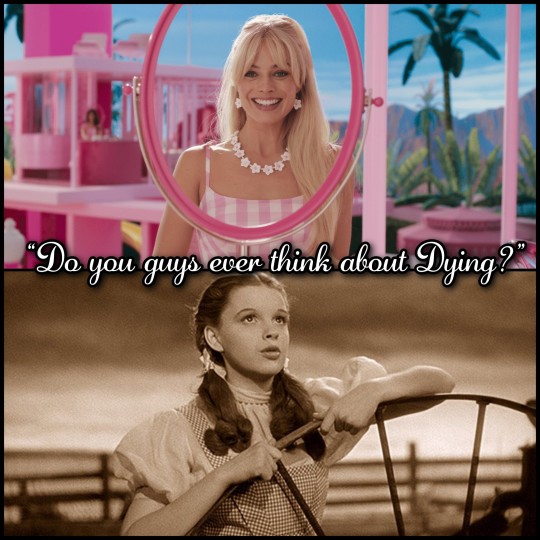

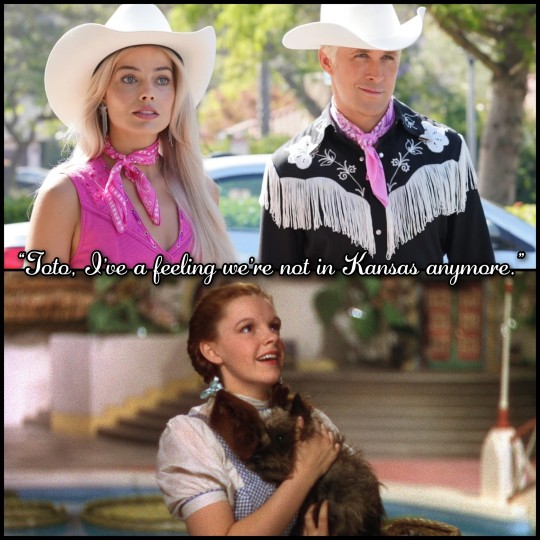

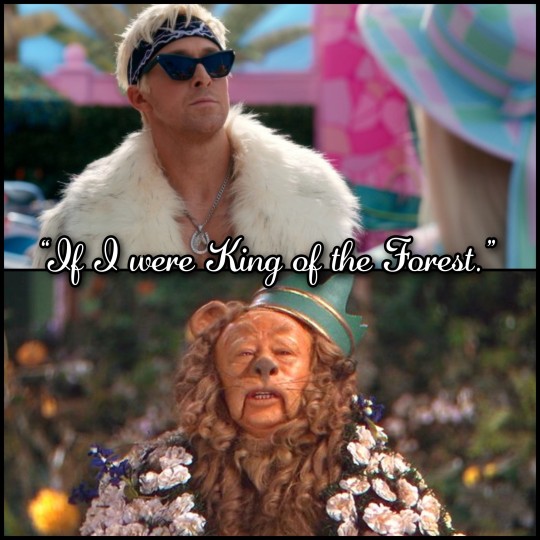



Wizard of Oz/Barbie Characters + Quotes 🌈👠🦁🪄
#Barbie#Greta Gerwig#Margot Robbie#Ryan Gosling#Ken#Weird Barbie#kate mckinnon#Allan#Michael Cera#Will Ferrell#the wizard of oz#dorothy gale#glinda#cowardly lion#tin man#somewhere over the rainbow#wicked#quotes#judy garland#i am kenough#im just ken#dance the night
41 notes
·
View notes
Text
woke up with a few brainworms this morning & have a few days of free time … so I started drafting a loooonnnggg slowburn between young!blanche/dorothy. Are we interested in young bxd slowburn … or would that be too painful
#god I love writing slowburn#I forget how much I love to write until I actually have free time to spend a million years on it#there’s already tons of angst I’m a simple lesbian#so much floating around in my head many thoughts#blanche x dorothy#the golden girls#they’re literally my ocs at this point#if you think the angst in question will only exist between Blanche and Dorothy you would be very mistaken#Kate & Dorothy have *so* much room for INCREDIBLE angst that goes so untapped I *need* to do something with it
25 notes
·
View notes
Text

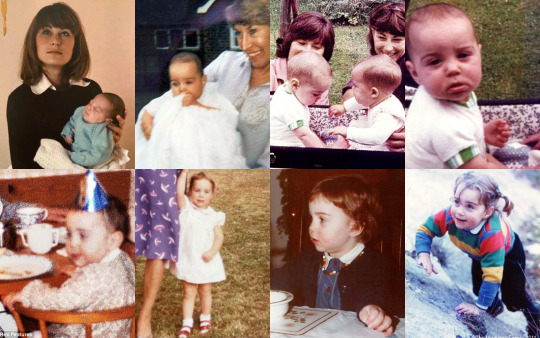
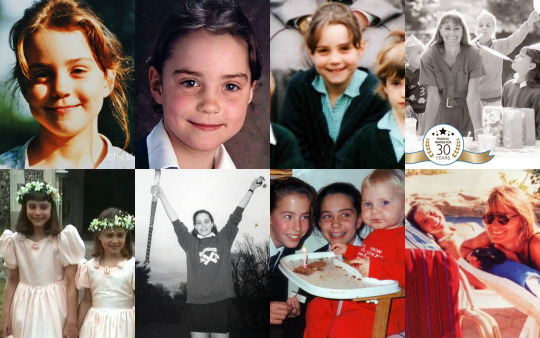
The Princess of Wales June 2024 Photo Challenge
1. Favourite photo(s) of Catherine as a child
#POW June 2024 Challenge#kate middleton#princesa de gales#princess of wales#kate challenge#1980s#1990s#midds#michael middleton#carole middleton#pippa#middleton#james middleton#Dorothy Goldsmith#midds80s#midds90s#1982#1983#1985#1987#1988#1989#1991#1992#1994#1996
17 notes
·
View notes
Text

Don’t reblog this take a screenshot and tag your OTPs
#Carlos / Dorothy ann#data/geordi#spirk#doctor/rose#percabeth#mcspirk#solangelo#sambucky#Kate bishop/yelena Belova
15 notes
·
View notes
Photo


Cliff visits Dorothy </3 Unstoppable Doom Patrol #2
#cliff steele#robotman#dc comics#dorothy spinner#doom patrol#rita farr#larry trainor#elasti woman#dc#negative man#the chief#rebis#coagula#kate godwin#crazy jane#unstoppable doom patrol
98 notes
·
View notes
Text
I haven't seen anyone talking about it on here, but Unstoppable Doom Patrol #6 and the latest Halloween special (DC's Ghouls Just Wanna Have Fun) have basically confirmed Dorothy and Kate are still dead.
The former has Dorothy's corpse being dug up by the Brotherhood of Evil as part of a ritual for General Immortus to gain the Candlemaker's powers. In the latter, Cliff is haunted by the ghosts of everyone associated with the Doom Patrol who died, starting with Kate and Dorothy.
It legitimately upsets me that editorial decided to keep these two dead as a plot device to make Cliff sad and for conflict. While the Halloween special is more humanizing than their appearance as ghoulish apparitions in the Knight Terrors event, it's hard to accept it when it came AFTER I tried to get the two back in last year's Pride anthology.
However, the Halloween story is a special kind of aggravating because it goes out of its way to acknowledge Celsius and Negative Woman are both still alive again, Arani with the Doomed and Valentina with the Peoples' Heroes as they were in Doomsday Clock. Cliff even asks how they came back in the first place.
I guess those two weren't important enough to keep dead.
#doom patrol#dc comics#robotman#cliff steele#dorothy spinner#kate godwin#coagula#celsius#arani desai#negative woman#valentina vostok#unstoppable doom patrol#dc's ghouls just wanna have fun#doomsday clock
29 notes
·
View notes